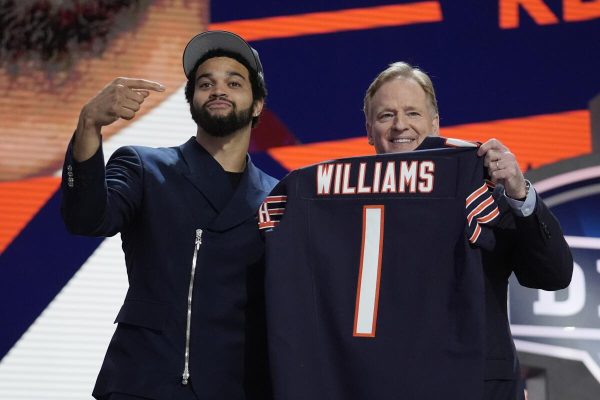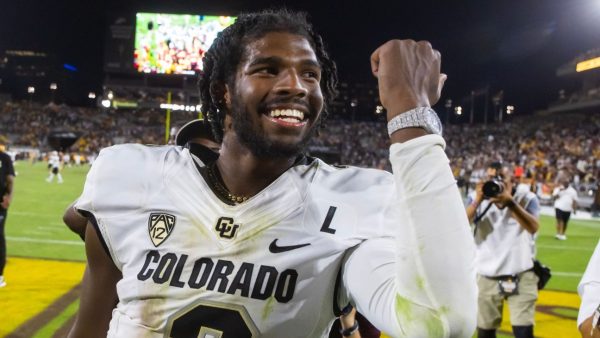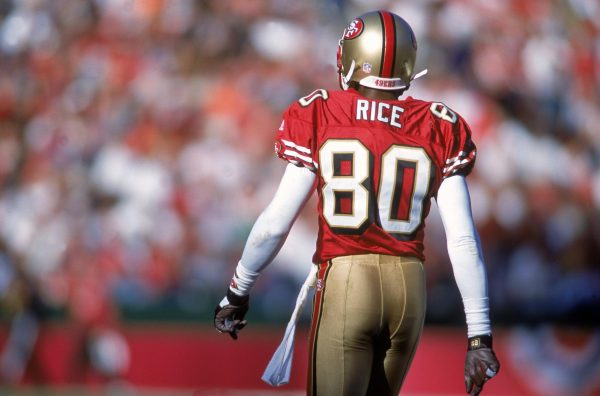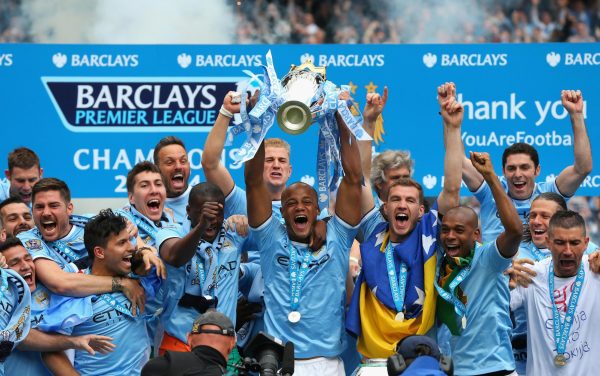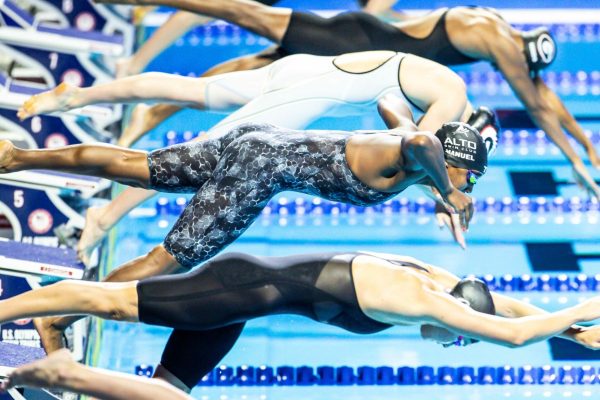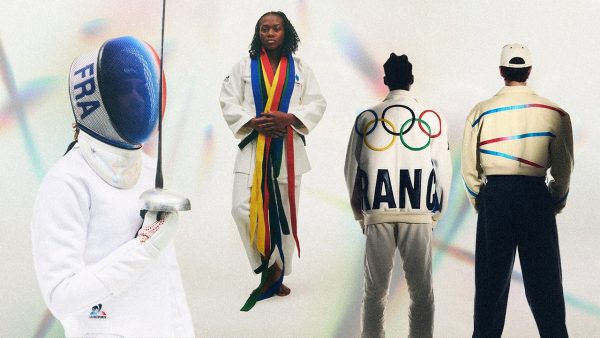On the Contrary: Wear what we say or wear what I choose?

Businessman Characters Vector art illustration.Copy Space, Full Length. Which way concept, businessman standing on an arrow sign way with two opposite directional sign.
In the athletic realm, unity is essential to look like a team. Our world has changed—a lot. The required homogenous look on a team is slowly becoming an option due to the changes in the world. With individual freedom and other rights becoming more of a priority in society, things are altering quickly. Is this a good or a bad thing?
Letizia Cumbo-Nacheli: On one hand, having uniformity looks good and clean. One person wearing something different can mess up the entire look. Everyone dressed the same in every aspect of the uniform is crucial as it serves as an intimidation factor and shows chemistry. Yes, players should be able to choose what they want to wear; however, that does not improve the team. You know what they all say: There is no “I” in team.
Matthew Holtgrieve: On the other side, players deserve the freedom to wear and not wear what they want. Some team uniform requirements are forced upon players even when they go against beliefs and religions. I believe that this is wrong, for a player should choose what he or she does and does not promote, regardless of whether it goes against the uniform or “hurts somebody’s feelings.” I understand that looking like a team is important, and I am not asking for teams to allow their players to wear whatever they want, but something as small as a pair of shoes or gloves should not be such a big deal. The NFL has one week per season in which players are allowed to wear cleats with a design and/or message of their choice without being fined thousands of dollars. Most players choose to wear shoes that honor/promote charity programs that they hold close to their hearts. What I fail to comprehend are the motives behind the managers of the NFL not allowing the players to wear cleats that promote charity! It makes no sense to me! Sacrificing a little bit of a team’s uniformity is worth it for a good cause in my opinion.
Letizia Cumbo-Nacheli: Recently, there was an issue with athletes from varying sports refusing to wear uniforms that have any sort of LGBTQ+ support on it. Even if it was a small rainbow, anti-gay athletes refused to promote it on their uniforms. Although it is okay to have your own opinion, if it is part of the uniform, you have to wear it. Unity is extremely important in teams, and if a little rainbow is prohibiting the team from being one, it shows a lot about the type of character those athletes on the team possess.
Matthew Holtgrieve: Not allowing players to wear something is one thing, but forcing them to wear it is a completely different topic. For an example, when the professional teams hold their LGBTQ+ acceptance days and wear gay pride jerseys, some players have opted out of wearing those jerseys because it goes against their religious beliefs. Following their actions has been a continuous attack on them by the outside media ridiculing them for not being “sensitive” to gay people. If a player refused to wear a jersey that promoted straight people, the media would not give this decision a second glance. Some people wish to stay true to their religion, while others want to play the game without being advertised by some company or movement. I would argue that we should not have players wear LGBTQ+ attire because it is just another way the media is trying to monopolize the game and influence people. There is a time and a place for certain things, and all of the new ways that companies are advertising their brands through sports is becoming outrageous.
Letizia Cumbo-Nacheli: Other than looking clean and being a team player, being told what to wear and having a uniform already set for you can benefit you economically. In most cases, if your team has a selected uniform, the staff will provide the entire outfit for you; this may include shoes, bottoms, tops, jackets, and whatever else the athlete may need. They do this at the lowest price possible and also so that every athlete on the team gets the exact same items. On the other hand, if you had the freedom to choose your shoes or type of shorts you got to wear, it removes the team aspect of looking the same.
Matthew Holtgrieve: I understand the economical benefits of not wearing what you want, but when a professional athlete makes over a million dollars per year, I do not think a couple hundred bucks are going to make them bankrupt. If a player wants to wear flashier shoes, then I think he or she should, even if it is going to cost some money out of his or her pocket. Based on how much professional athletes are being paid these days, I think they have more than enough money to buy multiple pairs of good looking cleats, gloves, or whatever the hot new item might be. For these players, money is not necessarily an object.
So, what is the final verdict?
In conclusion, the argument can go both ways. Having everyone look the exact same is clean, and it also shows that the team supports one another and the things they wear on their uniforms. However, forcing players to wear things that promote ideas that go against their religions, beliefs, and morals is unfair. Athletes and teams deserve the right to be represented however they want, but sometimes appeasing everyone is not attainable, and we are left to agree to disagree.



